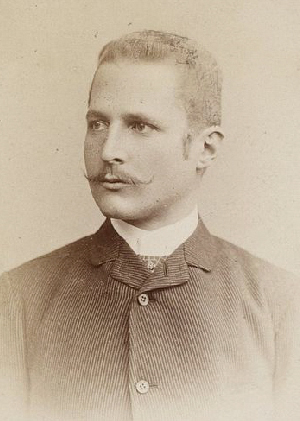There are several theories about both the meaning and the origin of the name Kilimanjaro. First of all, you’ll have to understand why historians are uncertain of its origin.
Above all, the country of Tanzania is made up of more than 120 tribes. So tracking down which one of those tribes potentially named the mountain is an enormous task. Furthermore, combining that with the fact that most of these tribes’ history is transferred by word of mouth makes it even more difficult to find out where the name came from.
You can read more about these tribes here: https://kilimanjarosunrise.com/tribes-of-tanzania/
One theory is that the name is a mix of Swahili and Kichagga. Swahili is the official language of Tanzania. The Chagga tribe that lives at the base of Mount Kilimanjaro speaks Kichagga. The Swahili part is ‘Kilima’ which means ‘mountain’ and the Kichagga word ‘Njaro’ which loosely translates to ‘whiteness’.
Another theory is that the name is the European pronunciation of a Kichagga phrase meaning ‘We failed to climb it’.
European Connection

This theory, in our opinion, doesn’t seem to hold much creditability. Sure many points of interest on the mountain have German names like Furtwangler, Kersten, and Heim Glaciers. However, we are pretty confident that the tribes named the mountain long before the Europeans arrived.
Below is a list of the Europeans that attempted, failed, and ultimately achieved the summit of Mount Kilimanjaro.
- 1861: The German officer Baron Carl Claus von der Decken and British geologist Richard Thornton made a first attempt to climb Kibo, but had to turn back at 8,200 feet.
- 1862: Von der Decken tried a second time the following year, and with Otto Kersten got as far as 14,000 feet.
- 1887: During his first attempt to climb Kilimanjaro, German geology professor Hans Meyer reached the base of Kibo, but was not properly equipped to handle the deep snow and ice and retreated.
- October 5, 1889: Meyer, Marangu scout Yoanas Kinyala Lauwo, and Austrian Ludwig Purtscheller were the first team to reach the summit. They were the first to confirm that Kibo has a crater, which was filled with ice at the time.
- 1909 Gertrude Benham (22) of London reached the top of Kilimanjaro, alone. Her porters chose to stay behind in an ice cave. The melting snow scared them.
Other Significant dates
- 1926: Pastor Richard Reusch found a dead leopard on the crater rim.
- 1932: Construction of Kibo hut.
- 1939: 58 visitors trekked up Mount Kilimanjaro.
- 1942: Volcanologist JJ Richard caused some alarm by verifying that Kilimanjaro is still active.
- 1957: The University of Sheffield and the Tanganyika Geological Survey declared the volcano dormant and almost extinct.
- 1961: Tanganyika and Zanzibar united to become Tanzania. A torch was placed at the summit. This was to celebrate their new independence. They changed the name of the summit to ‘Uhuru’. Uhuru means ‘freedom’.
- 1990s: Kilimanjaro’s visitors increased to 11,000 per year.
- 1999: A huge fire—presumably caused by squatters—consumed 70% of the upper slopes of the mountain. After five days, villagers, park rangers, and soldiers put it out.
- 2006: A Tanzanian man climbed from Umbwe Gate to the summit and back in 9 hours 19 minutes. He carried all his gear and took a break to film himself at the top. He also had to stop twice to vomit.
- 2006/2007 Kilimanjaro National Park Authorities (KINAPA) recorded 40,701 people on the mountain, the most popular route being the Machame route with 15,879 visitors.
- 2008: Keats Boyd from LA became the youngest person to stand on top of Kilimanjaro at the tender age of seven – that’s right, seven! Per the Park rules, you have to be 10 years old to climb to the summit of Kilimanjaro. So Keats was breaking both records and rules at the same time.
- 2014 Swiss-Ecuadorian Karl Egloff has set a new speed record for climbing Kilimanjaro, completing the stretch to the summit and back in just 6 hours, 56 minutes, and 24 seconds. He went up the Umbwe route and returned via Mweka.
- July 20, 2017: Dr. Fred Distelhorst became the oldest person to reach the summit at 88 years of age.
- July 27, 2019: Anne Lorimorbeat Dr. Distelhortst’s record and summited Kilimanjaro at the age of 89 years old. Similarly, she had previously set the record when she was 85.
The name Kilimanjaro will probably always remain a mystery. However, maybe when you climb Kilimanjaro you may have more insight into the source of the name.




